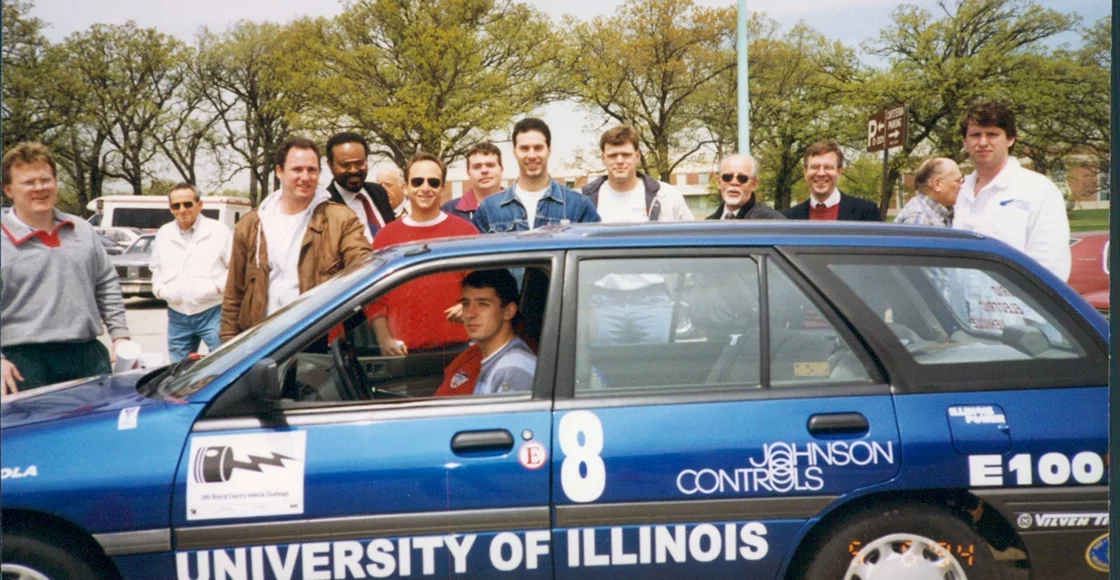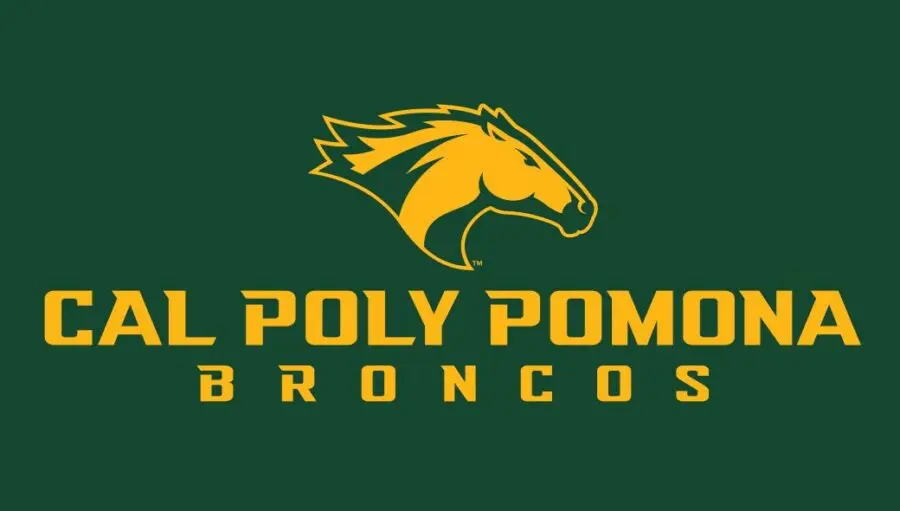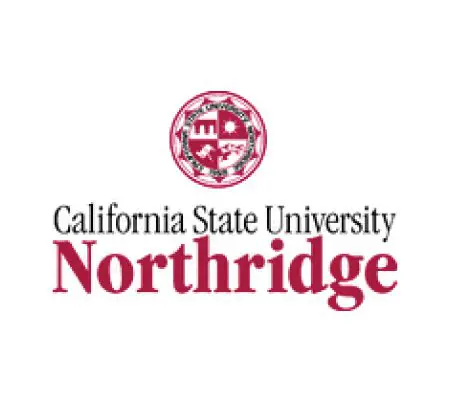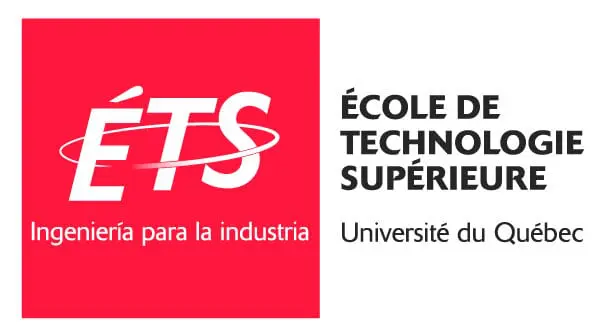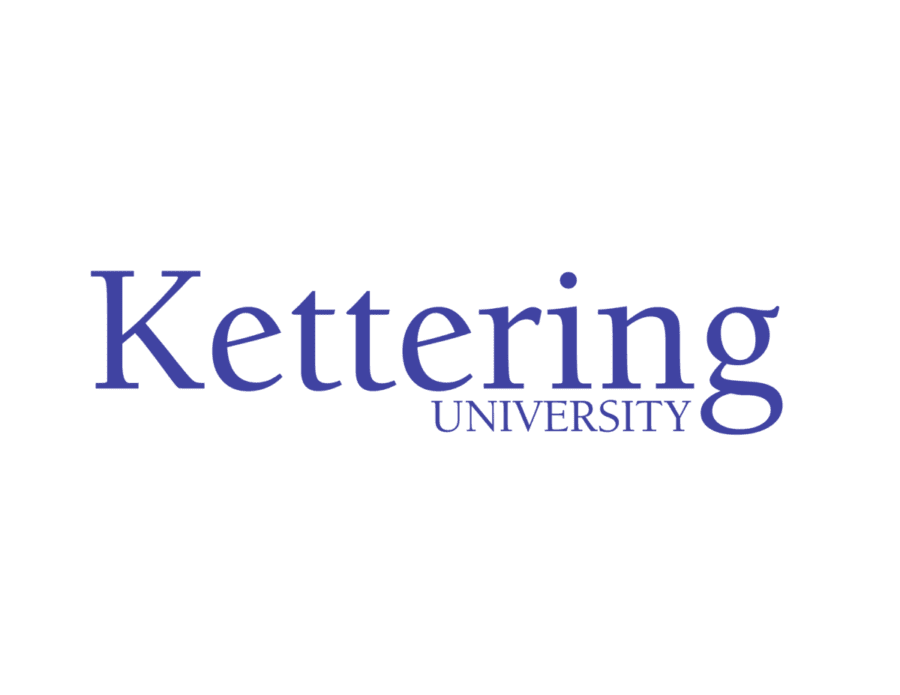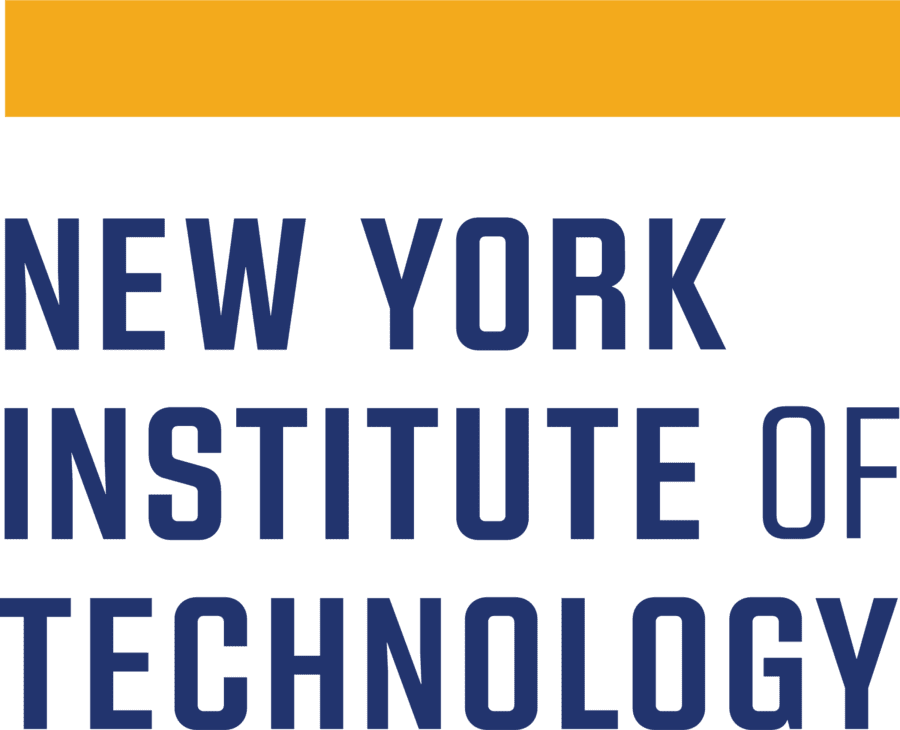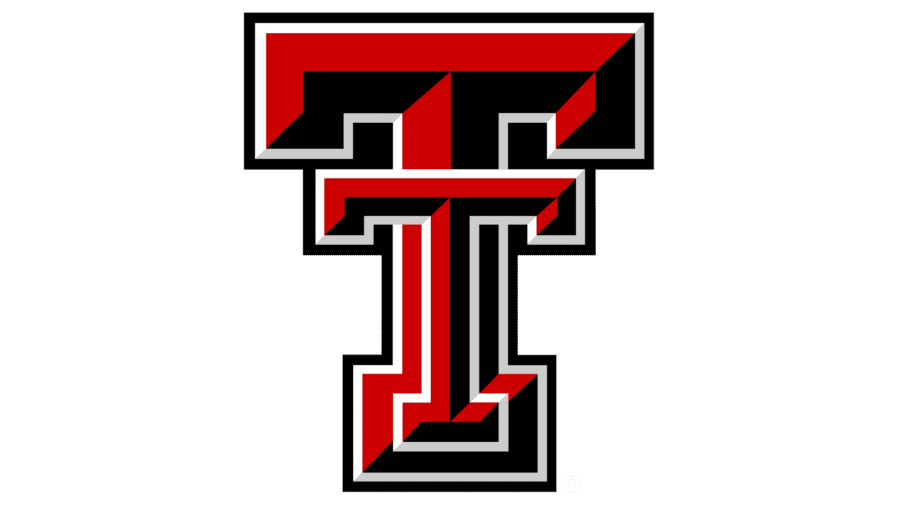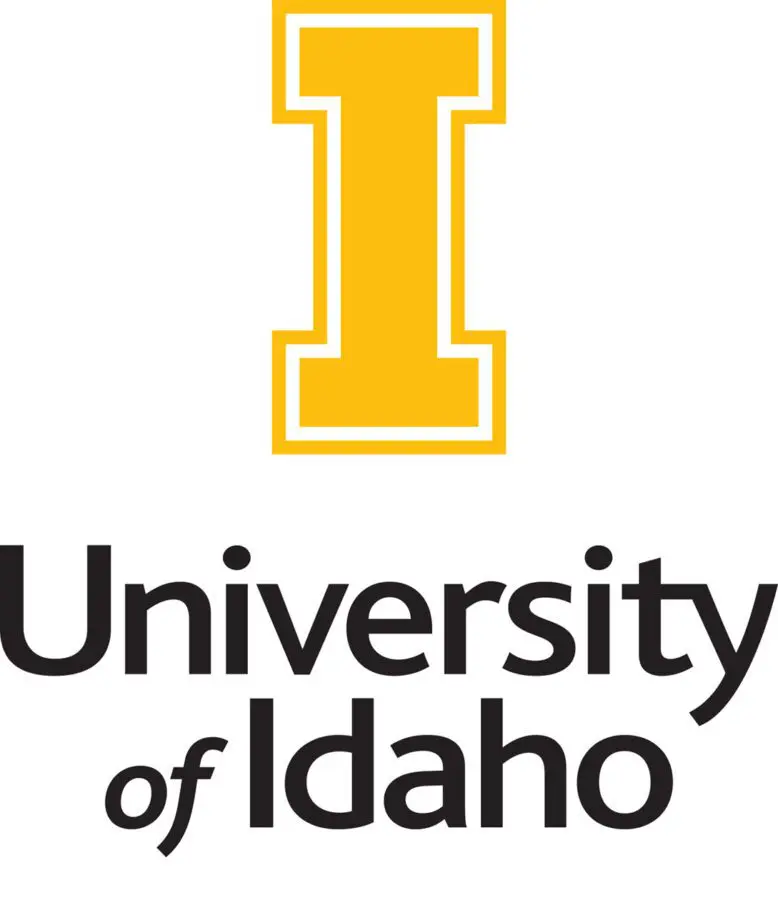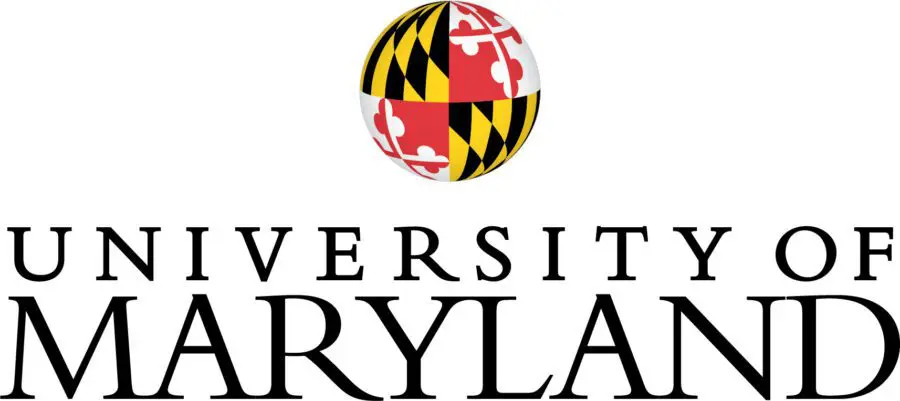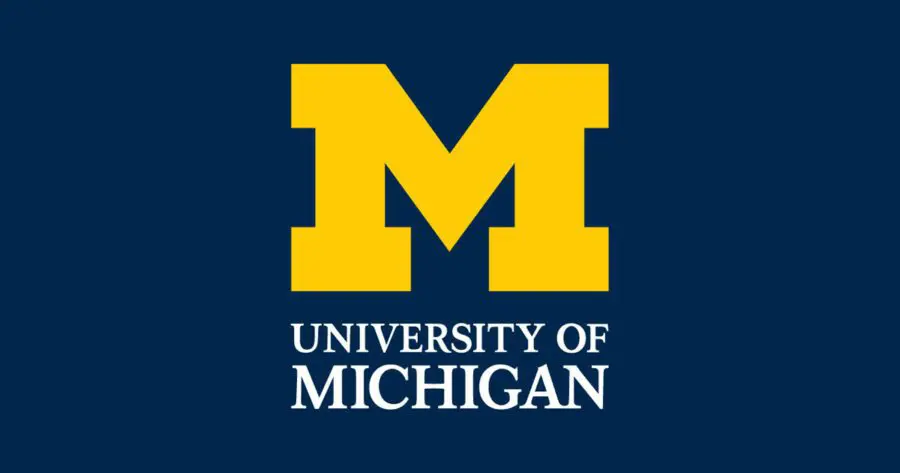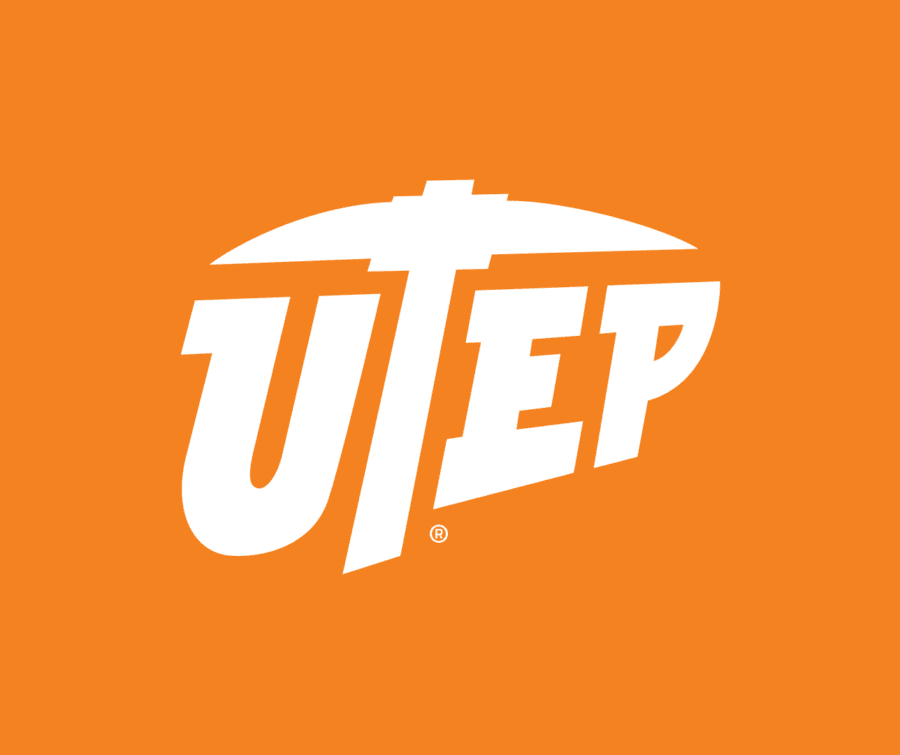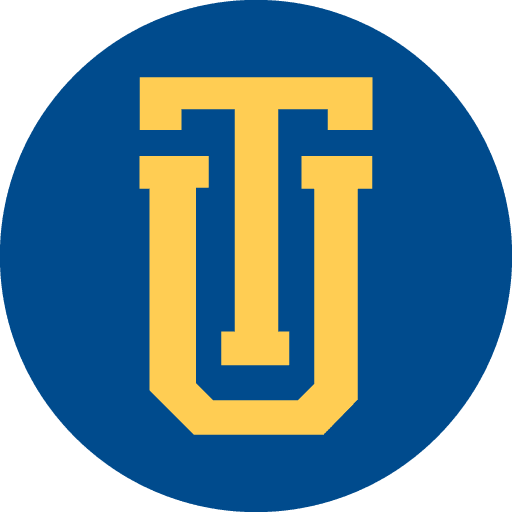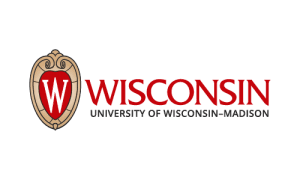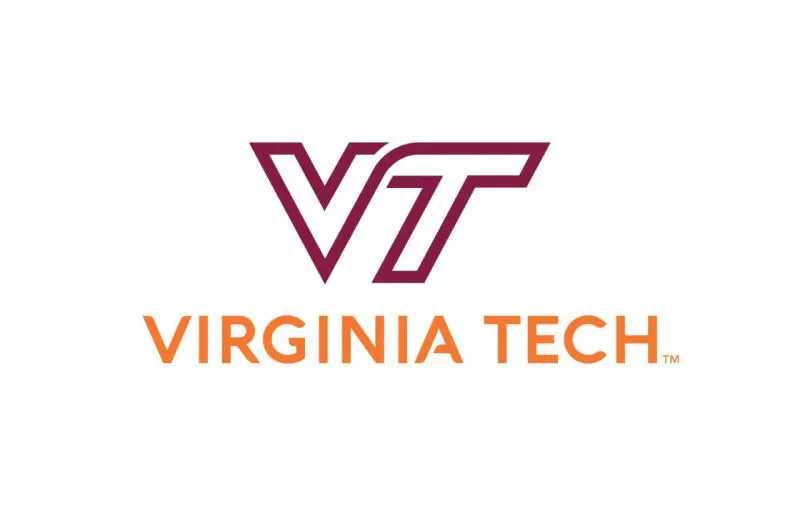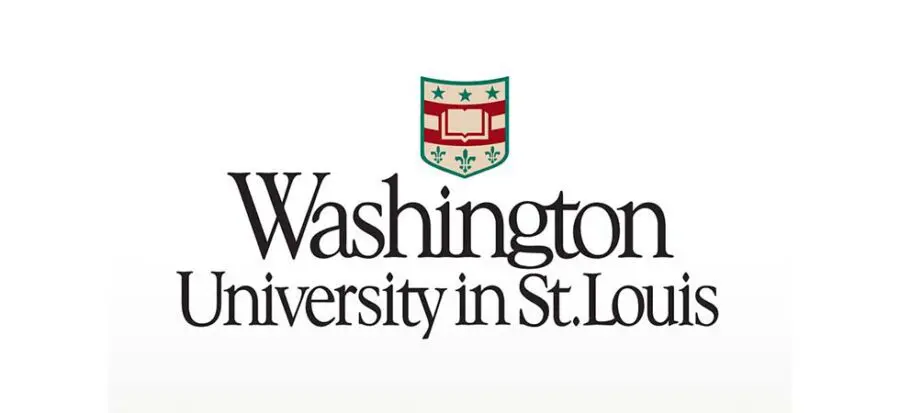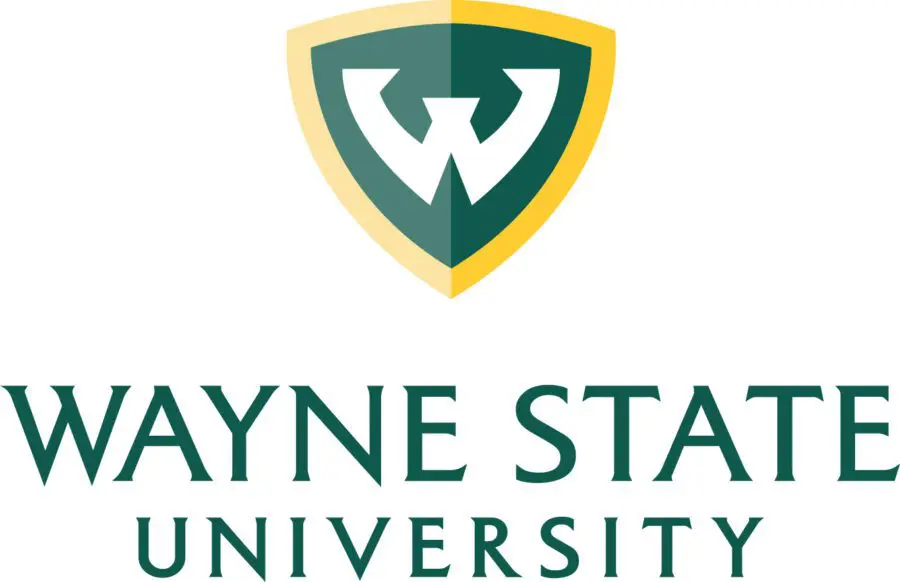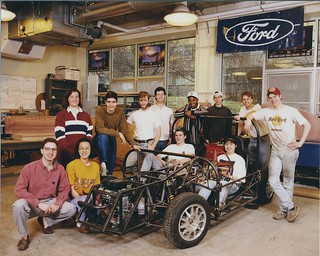HEV Challenge
Background
The Hybrid Electric Vehicle (HEV) Challenge, conducted annually for three years, was an intercollegiate competition created by the U.S. Department of Energy (DOE) and the Society of Automotive Engineering (SAE). The HEV Challenge began with 18 Ford Escorts and 12 Ground-Up vehicles in 1993, 12 Saturn SL2 sedans were added in 1994, and 12 Dodge Neons were added in the 1995 HEV Challenge.
The HEV Challenge consisted of events in which vehicle designs and overall dynamic performance were evaluated. The events included acceleration, handling, range, emissions, fuel economy, consumer acceptability, engineering design review, and technical reports.
Sponsored by Ford Motor Company during 1992 and1993, HEV Challenge featured a variety of fuels including M85, E100, and gasoline. The finale event was held at Ford’s Engineering and Research Center in Dearborn, Michigan. The event also included a 60-mile range event, in which teams drove from Ford’s headquarters to the Michigan International Speedway. During the second year, Saturn joined as a co-sponsor and added 12 Saturn student vehicles in to the competition.
During the final year, Chrysler joined as another automotive sponsor when they donated 12 Dodge Neons to be converted into hybrid electric vehicles and introduced CNG and LNG into the competition. The other additional university teams worked on evolutionary designs of their Ford or Saturn HEVs during this time. The 1995 HEV Challenge for conversion vehicles was held at the Chrysler Technical Center in Auburn Hills, Michigan.
During the HEV Challenge, a spin-off competition was held to specifically test the electric vehicle aspect of the vehicles. The ZEV Challenge required all ground-up vehicles and the re-engineered Ford Escorts to drive 40 miles at 40 miles per hour during the first competition. However, this was lessened for the second and third year, requiring teams to meet at least 25 miles for ground-up vehicles and 5 miles for the modified Saturn Sedan and Dodge Neon. This competition was also known as the DOE Advanced Student Hybrid (DASH) Challenge during the 1994-1995 academic year. Ground-up vehicles were tested at different facilities in the second and third year of the competition, including the California Air Resources Board (CARB) in 1995.
HEV Challenge also included a paper competition in which students who were not involved in AVTCs could explore vehicle technologies and design hybrid electric vehicles on paper. The top five papers were presented at the 1993 SAE World Congress in Detroit, Michigan. Students from Western Washington University won first and second place, with a full-electric range of 45 miles at 55 MPH. While these vehicles were initially plug-in hybrid electric vehicles, this term was not coined until later.
All three years represented very ambitious and difficult engineering research. Although they showed that HEV technology was still developing, these competitions set performance benchmarks and established testing procedures that affected the engineering community far after the last event was completed. By the end of HEV Challenge, 51 different universities worked on converting or building a hybrid electric vehicle.
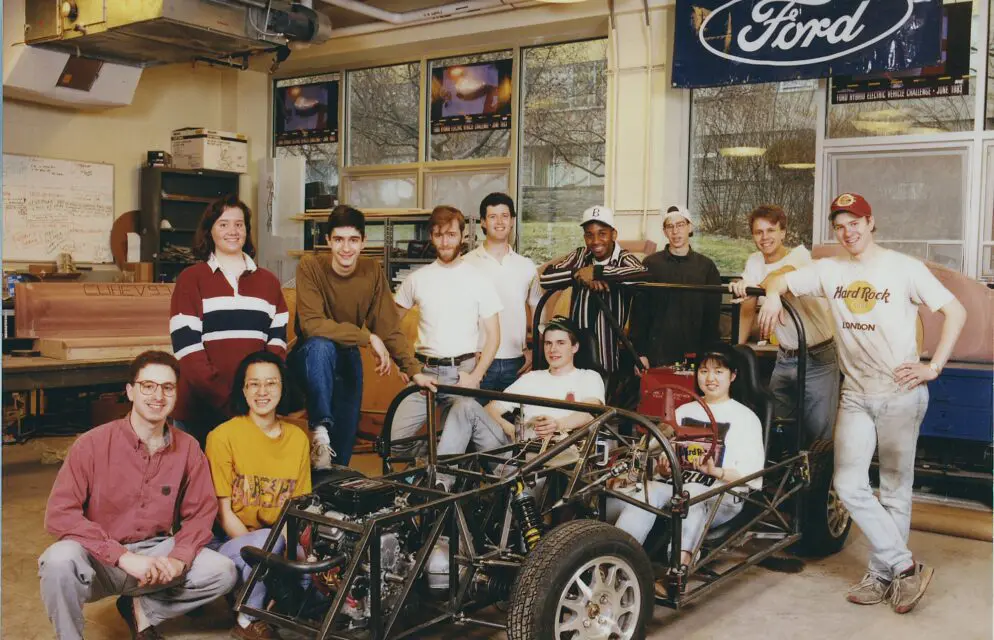
HEV Challenge
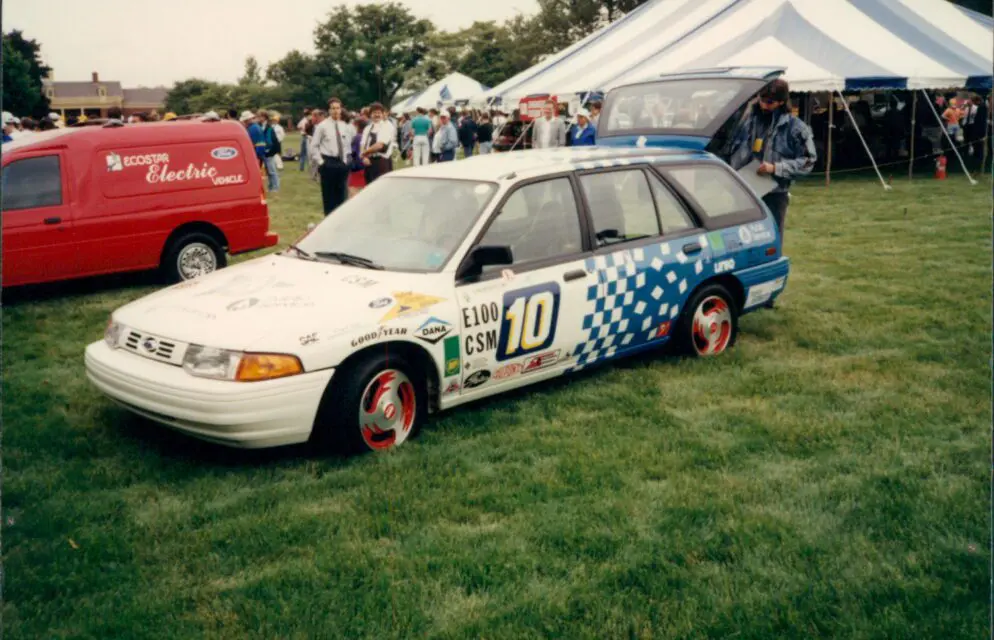
HEV Challenge
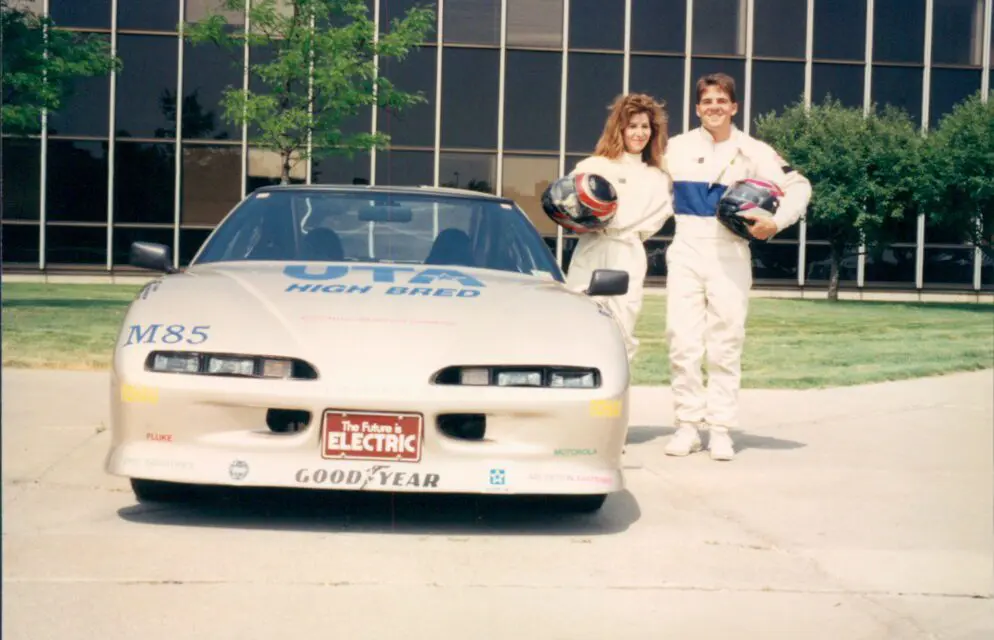
HEV Challenge
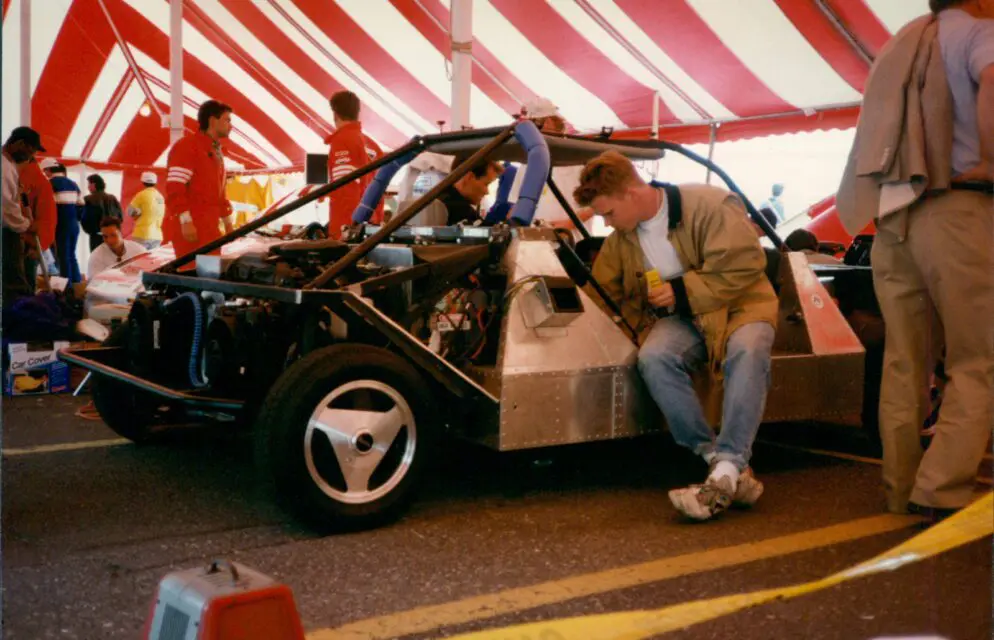
HEV Challenge
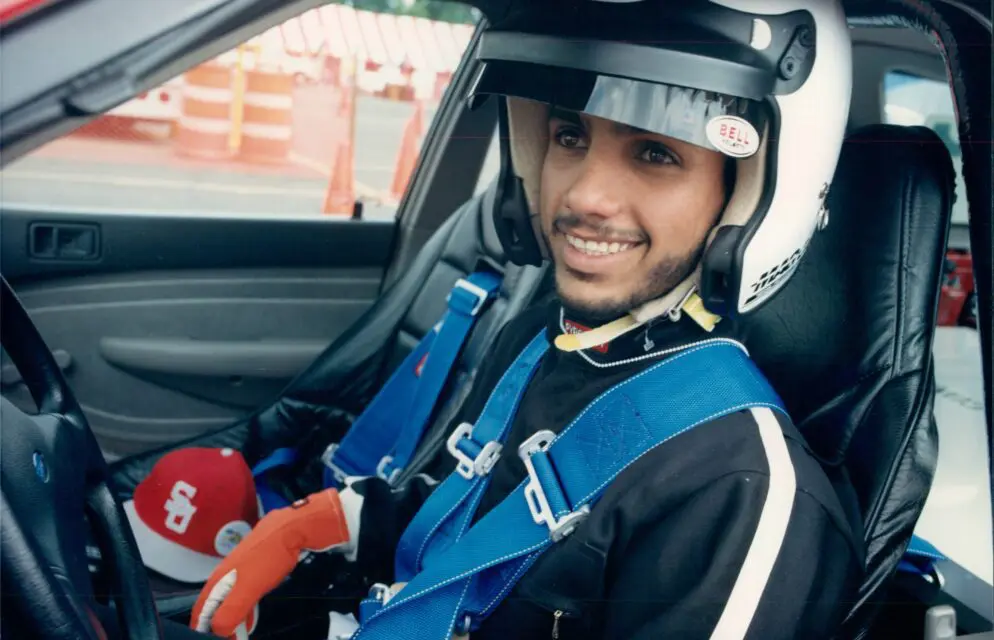
HEV Challenge
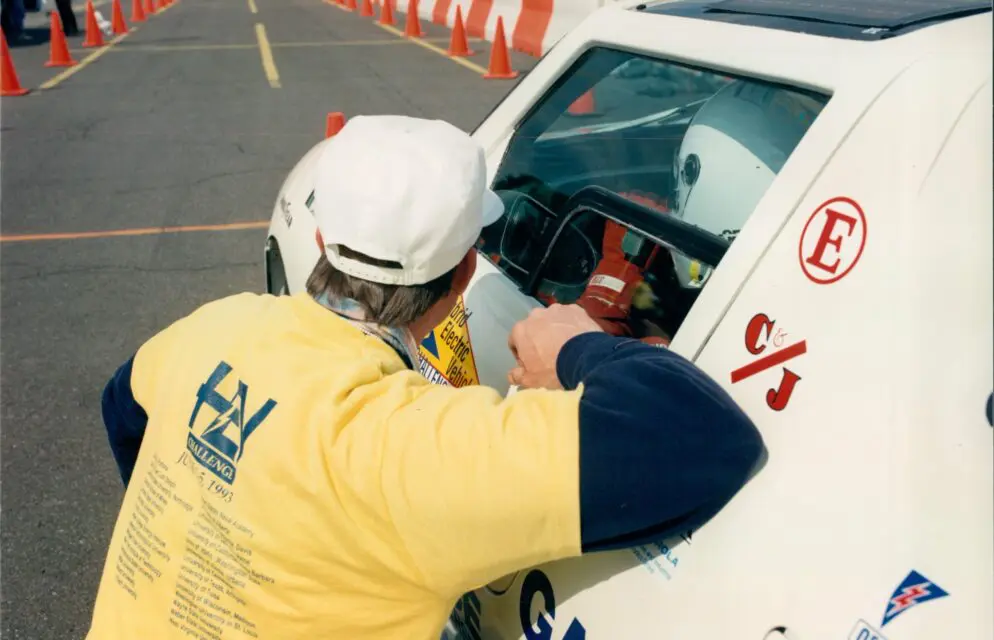
HEV Challenge
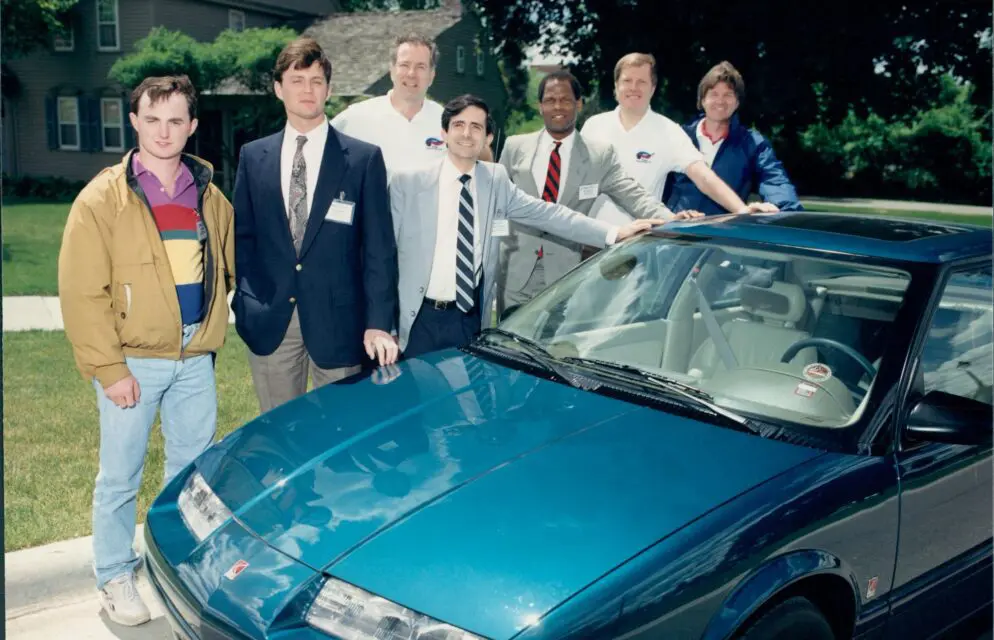
HEV Challenge
Inovations & Hightlights
HEV Challenge was a significant project because it put a considerable number of prototype HEVs on the road. Engineers from 51 different colleges and universities modeled and studied the capabilities of hybrid electric drivetrains over three years, which set performance benchmarks and demonstrated the potential of future vehicle technology.
Over the course of three years, HEV Challenge organizers developed HEV dynamometer test procedures that were designed to fit the needs and constraints of the competition. Students benefitted in many ways from designing and building a hybrid electric vehicle. At the time, the competition featured the largest fleet of hybrid electric vehicles anywhere in the world.
- Western Washington University won first and second place in the 1993 HEV Challenge Paper Competition, where they designed a hybrid electric vehicle which ranged from 45 miles on full-electric charge to 554 miles in hybrid capability.
- Based on the performance of the “ground-up” hybrid electric vehicles in 1993, data revealed a 1 km/kWh energy economy benefit for every 133 kg decrease in vehicle mass.
- Michigan State University built a series hybrid electric vehicle that featured nickel metal hydride batteries with a fiber glass and carbon fiber cloth.
- Cal State, San Luis Obispo’s ground-up vehicle featured a two-person tandem seating with a single gull-wing door.
- University of California, Davis built the first plug-in hybrid electric vehicle from the ground up in AVTCs
- Lawrence Tech created a brand new ground-up vehicle in between competition years by a adding an electromagnetic clutch to disengage the motor when it is not in use.
- Cornell built three separate ground-up conversions, including adding a custom microcontroller, switching from M85 to CNG, and developing graphite-honeycomb matrix body panels.
- Consumer acceptability was first introduced in to AVTCs in 1995.
- The Dodge Neon conversion class required teams to use CNG and have functioning air conditioning.
- University of Maryland’s vehicle featured solar cells.
- Penn State used Electro Source Horizon batteries to help power its series, charge-sustaining, large electric-only range, hybrid vehicle.
- University of Tennessee, Knoxville rebuilt their Geo 1.0-L 3-cylinder, 4-stroke engine, which increased their compression ratio in the cylinders from 9.21 to 9.91.
- West Virginia University was the most efficient methanol vehicle in 1993 HEV Challenge.
- University of California, Davis was able to travel 134 miles on one electric charge using zinc-flow battery.
- Kohler Engines implemented the University of Wisconsin-Madison’s small engine emissions to improve Kohler engine performance.
- HEVs built by University of Illinois at Chicago, University of Maryland, and University of California-Davis were used to evaluate SAE draft HEV emissions test procedures for J1711.
- Detroit Edison was able to gather data from HEV Challenge to help support mass-produced electric vehicles for commercial fleets.
- The University of Maryland developed a hybrid electric vehicle similar to the Toyota Prius, which didn’t debut until 1996
Universities Involved
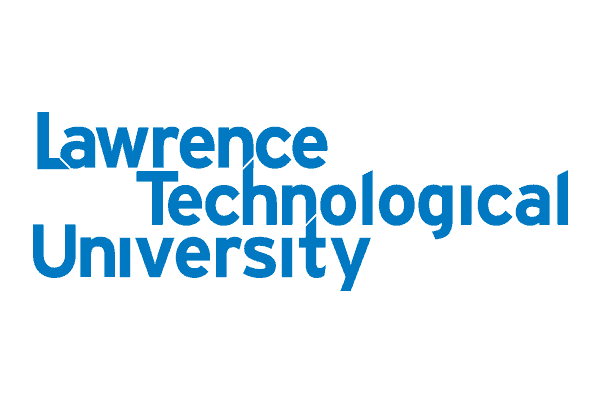
Lawrence Technological University
Location
Southfield, MichiganFaculty Advisors
- Charles Schwartz
- Dr. Brancik
- Dr. Anneberg
- Dr. Johnson

Pennsylvania State University
Location
University Park, PennsylvaniaFaculty Advisors
- Kon-Well Wang
- Brian Gilmore
- Jeff Mayer
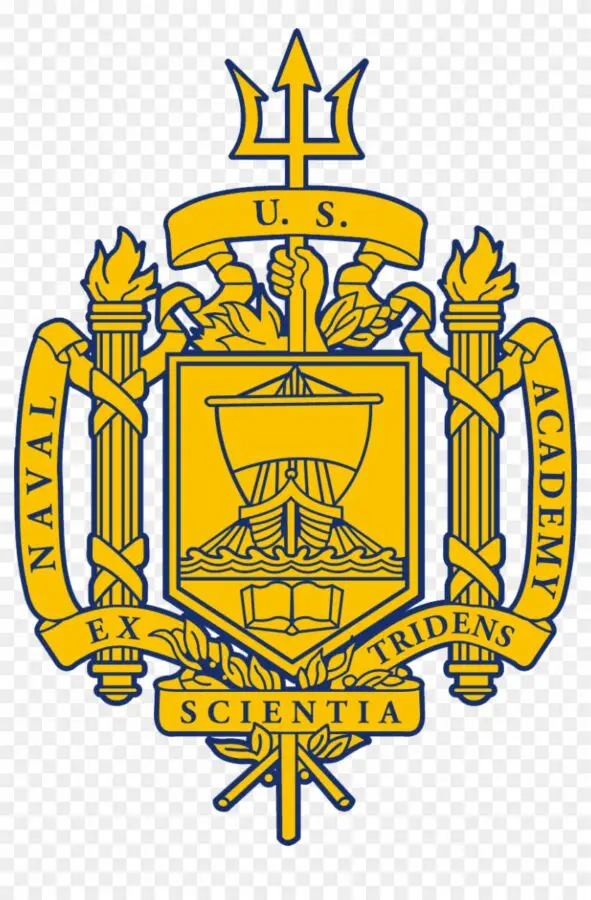
United States Naval Academy
Location
Annapolis, MarylandFaculty Advisors
- Greg Davis,
- Frank Madeka
- Gary Hodges
- Gerald Ballman
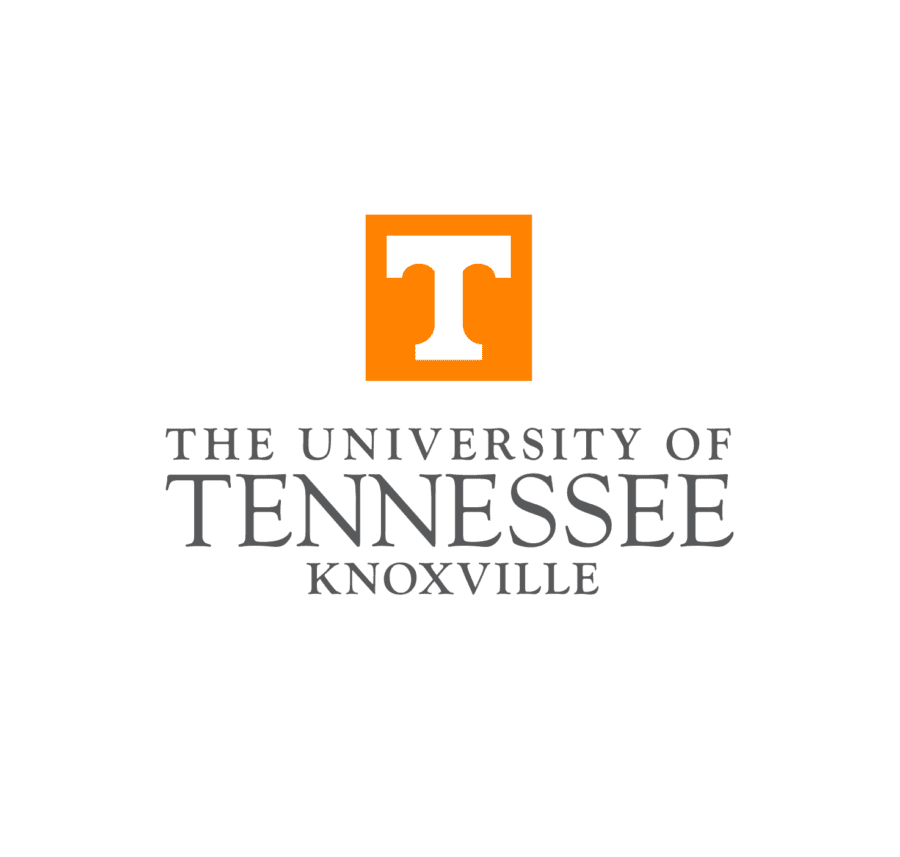
University of Tennessee, Knoxville
Location
Knoxville, TennesseeFaculty Advisors
- Dr. Adams
- John Snyder
- Jeff Hodgson
- Fred Symonds
- Lori Snook

Weber State University, Ogden
Location
Ogden, UtahFaculty Advisors
- David Erb
- Kerry Tobin
- Kermit Reister
- Rick Dore
- Dolly Samson

West Virginia University
Location
Morgantown, West VirginiaFaculty Advisors
- Parviz Famouri
- 'Chris Atkinson
- Roy Nutter
Winners & Awards
Each year, university teams compete in a variety of static and dynamic events that range from oral presentations to on-road vehicle testing to communications and business tactics. These static and dynamic events are judged by industry sponsors and professionals, both throughout the year and in-person at the year-end competition.
Year One
Ground-Up
- ClassConsumer Challenge – Cornell University
- Best Emissions Test – University of Tennessee, Knoxville
- Best Performance Event – Cornell University
- BOSCH Best Use of Electronics Award – Michigan State
- SAE Design Excellence in Engineering Safety Award – Lawrence Tech
- Cost Assessment Event – Cornell University
- Best Overall Vehicle Efficiency – Washington State + University of Idaho
- Best Acceleration – Washington State + University of Idaho
- 1st Place – Cornell University
- 2nd Place – University of California, Davis
- 3rd Place – Michigan State University
- 4th Place – University of Tennessee, Knoxville
- 5th Place – Lawrence Tech
Conversion Class
Year One (1992-1993)
- Ford Escort
- 1st Place – University of Alberta, Edmonton
- 2nd Place – Weber State University, Ogden
- 3rd Place – Concordia University
- 4th Place – Seattle University
- 5th Place – University of Illinois, Urbana
- 6th Place – West Virginia University
- Best Acceleration – University of Alberta, Edmonton
- Best Emissions Event – Weber State University, Ogden
- Commuter Challenge – University of Alberta, Edmonton
- Best Oral Presentation – Weber State University, Ogden
- Best Cost Assessment – Weber State University, Ogden
- Best Technical Report – Concordia University
- Best Engineering Design – University of Illinois, Urbana
- Best APU Efficiency Event – Concordia University
- Best Electric Efficiency – Seattle University
- BOSCH Best Use of Electronics Award – University of Illinois, Urbana
- Overall Efficiency Event – West Virginia University
- Against All Odds – U.S. Naval Academy
- Ford Escort
Year Two
Ground Up:
Year Two (1993-1994)
- 1st Place – University of California, Davis
- 2nd Place – California State University, Pomona
- 3rd Place – Lawrence Tech
- 4th Place – Cornell University
- 5th Place – University of California, San Luis Obispo
Conversion Class
- Ford Escort
- 1st Place – Weber State University, Ogden
- 2nd Place – University of Illinois, Urbana
- 3rd Place – University of Alberta, Edmonton
- 4th Place – University of Wisconsin
- 5th Place – Jordan Energy Institute
- 6th Place – Concordia University
- Saturn Sedan
- 1st Place – University of Maryland
- 2nd Place – University of Western Ontario
- 3rd Place – GMI / Kettering
- 4th Place – University of Texas, Austin
- 5th Place – Cedarville College
- 6th Place – Western Michigan University
Year Three
Ground Up:
Year Three (1994-1995)
- 1st Place – University of California, Davis
- 2nd Place – Cornell University
- 3rd Place – New York Institute of Technology
- 4th Place – University of Washington + Idaho University
- 5th Place – Lawrence Tech
Conversion Class
Year Three (1994-1995)
- Ford Escort
- 1st Place – University of Alberta, Edmonton
- 2nd Place – Wayne State University
- 3rd Place – University of Wisconsin
- 4th Place – West Virginia University
- 5th Place – U.S. Naval Academy
- 6th Place – Penn State University
- Best Application of Advanced Technology – Penn State University
- Best Dynamometer Energy Efficiency – Wayne State University
- Best Track Range – University of Alberta, Edmonton
- Best Emissions Performance – Wayne State University
- Saturn Sedan
- 1st Place – California State University, Fresno
- 2nd Place – California State University, Chico
- 3rd Place – Ecole de Technologie Superieure
- 4th Place – University of Western Ontario
- 5th Place – University of Texas, Austin
- 6th Place – GMI / Kettering University
- Best Emissions Performance (tie) – California State University, Fresno and Illinois Institute of Technology
- Best Dynamometer Energy Efficiency – Ecole de Technologie Superieure
- Best Track Range – California State University, Fresno
- Dodge Neon
- 1st Place – University of Tennessee, Knoxville
- 2nd Place – Texas Tech University
- 3rd Place – Western Washington University
- 4th Place – University of Florida
- 5th Place – Virginia Tech
- 6th Place – University of Michigan
- Best Emissions Performance – University of Tennessee, Knoxville
- Best Use of Alternative Fuels – University of Tennessee, Knoxville
- Best Dynamometer Energy Efficiency – Texas Tech
- Best Track Range – Western Washington University
Sponsors
Below are the list of sponsors who helped make HEV Challenge possible:
HEV Challenge Media Coverage
Select a tab above to view content
- Hybrid Electric Vehicle Development at the University of California, Davis: The Design of Ground FX – March 1, 1994
- Analysis of Data from Electric and Hybrid Electric Vehicle Student Competitions – March 1, 1994
- The Selection of Lead-Acid Batteries for Use in Hybrid Electric Vehicles – March 1, 1994
- Current Hybrid Electric Vehicle Performance Based on Temporal Data from the World’s Largest HEV Fleet – December 7, 1994
- The Effect of Regenerative Braking on the Performance and Range of the AMPhibian II Hybrid Electric Vehicle – February 1, 1995
- Design and Analysis of a Hybrid Electric Vehicle Chassis – February 1, 1995
- A Comparison Modeled and Measured En Use in Hybrid Electric Vehicles – March 1995
- The road to success: the WSU entry in the 1955 HEV challenge – Fall 1995
- The Development of a Chrysler Neon Natural Gas/Electric Hybrid Vehicle at Western Washington University – February 1, 1996
- HEV dynamometer testing with state-of-charge corrections in the 1995 HEV challenge – March 1, 1996
